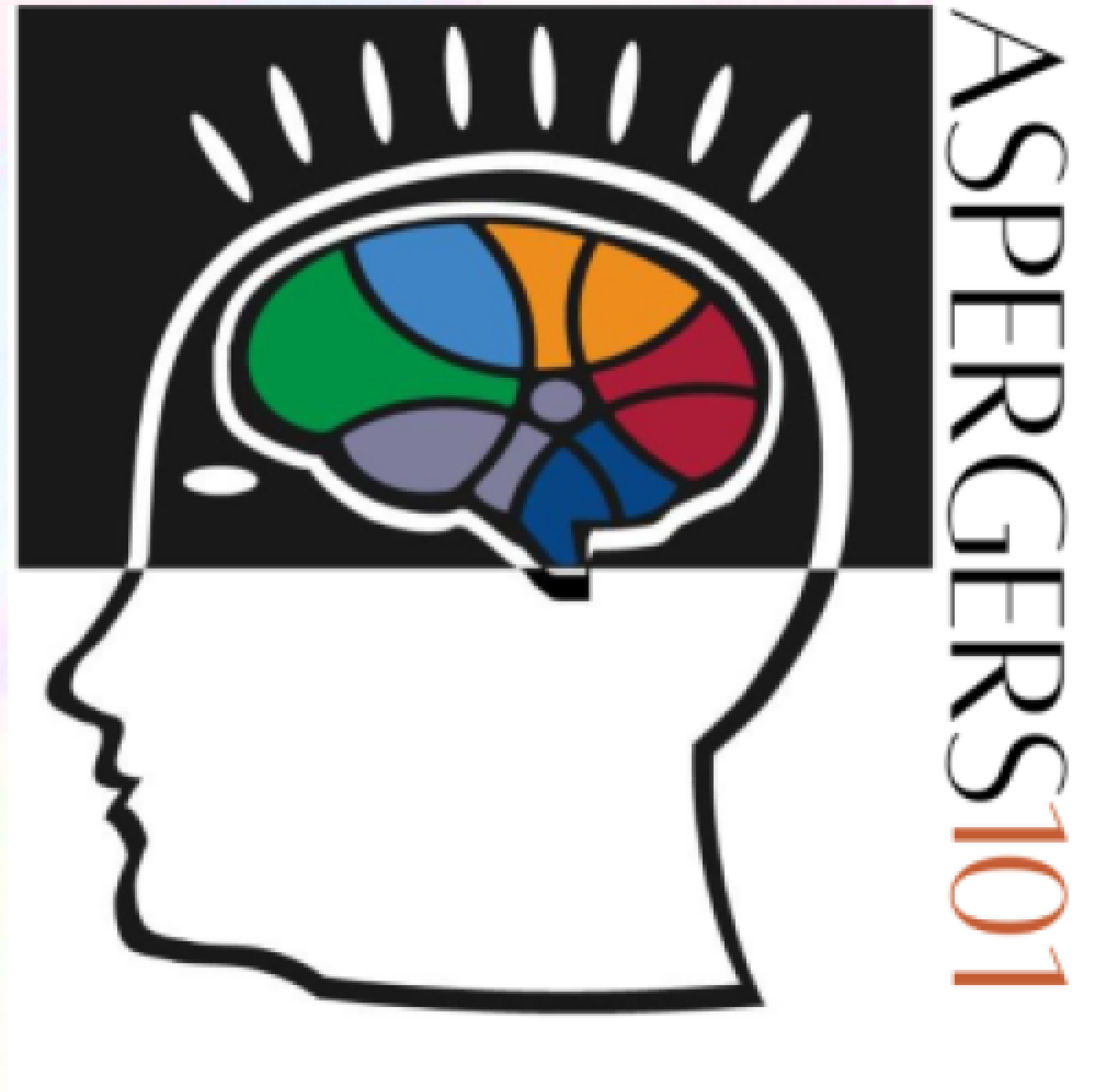Are You a Visual Thinker? Understanding the Difference between Visual and Auditory Input
How do we decrease neurological stress? The following is an excerpt from my recent book titled “Visual Supports for Visual Thinkers: Practical Ideas for Students with ASDs and Other Special Educational Needs”
Visual processing
A research team funded by the National Institutes of Health found that, in people with autism, brain areas normally associated with visual tasks also appear to be active during language-related tasks. This provides evidence to explain a bias towards visual thinking that is common in those with autism.
Try this little activity: the following statement is about neurological processing.
“Visual’s a strength, auditory ain’t.”
As you say this, make goggles with your hands to cover your eyes. Then try saying it again while cupping your hands to make ear muffs over your ears. This little exercise will help your brain to remember a key statement about the preference for those with ASD for visual versus auditory learning. This understanding is the first step for taking a different course of action when responding to the behavior of those struggling with neurological stress.
Providing the weekly Medical Blogs are the team of professionals, doctors, occupational and behavioral therapists at San Antonio’s premiere Autism Diagnostic Clinic, the Autism Community Network.
Contributors include:
Executive Director Dr. Loree Primeau
Medical Director Dr. A Patricia Del Angel
Training and Research Director Dr. Berenice de la Cruz
Carrie Alvarado, OTR, PhD©, DIR/Floortime-Certified
Lupe Castaneda, MS, BCBA
Adriana Sanchez, MA, BCBA
Dr. Gayla Aguilar, OTR, OTD, C-SIPT
Megan Kunze, MA, BCBA
The ACN teams works to maximize the potential of children with autism through their administrative, clinic, training and development departments. Their expertise on Aspergers Syndrome is offered to you through aspergers101.com.


